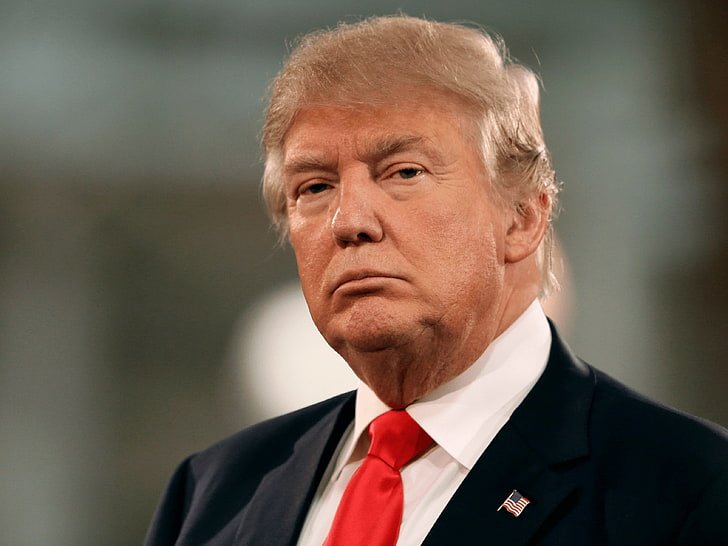Historic Power Pact! The Indus Waters Treaty Between Pakistan and India Explained
For more than 60 years, the Indus Waters Treaty (IWT) has been hailed as one of the most enduring and powerful examples of cooperation between two neighboring countries often embroiled in conflict—India and Pakistan. Despite several wars, frequent diplomatic tensions, and ongoing disputes over Kashmir, this treaty has functioned as a remarkable pillar of peace, quietly regulating how both nations share one of South Asia’s most vital natural resources: water.
Signed in 1960 under the mediation of the World Bank, the Indus Waters Treaty was created to prevent future conflicts over water in a region where rivers are the lifeline of agriculture, industry, and daily survival. With climate change accelerating and water scarcity looming as a critical global issue, this agreement has never been more important—or more vulnerable.Indus Waters Treaty
A Landmark Agreement Born from Division
After the partition of British India in 1947, the newly formed nations of India and Pakistan inherited a tangled web of shared rivers. The entire Indus River system, including its six major rivers, originates in the Himalayas and flows through both countries before emptying into the Arabian Sea. This geographical reality meant that cooperation was essential—yet difficult—in the wake of partition and rising hostility.
The treaty was finally signed on September 19, 1960, in Karachi by Indian Prime Minister Jawaharlal Nehru and Pakistani President Ayub Khan, with the World Bank acting as a neutral broker. It was a historic power pact—a rare agreement where both sides compromised to avoid future bloodshed over water.Indus Waters Treaty
Under the treaty:
-
India was granted control of the three eastern rivers—Ravi, Beas, and Sutlej—which mostly flow through Indian territory.
-
Pakistan received control of the three western rivers—Indus, Jhelum, and Chenab—which provide the bulk of water for Pakistani agriculture.
India agreed to allow a transition period so Pakistan could build its own infrastructure to use the water from the western rivers. In return, Pakistan received financial and technical support to construct canals and dams—some funded by the World Bank and friendly nations.
More Than Just Water: A Symbol of Peace Amidst Conflict
What makes the Indus Waters Treaty so significant is not just the division of rivers, but how it has withstood decades of conflict. Even during three major wars (1965, 1971, and 1999) and multiple military standoffs, both nations continued to honor the basic terms of the treaty. In fact, the treaty has often served as a backchannel of communication when all other diplomatic ties were cut off.
Independent experts, engineers, and commissioners from both sides meet regularly to discuss water flow data, resolve disputes, and inspect dam sites. These technical discussions have often remained untouched by political hostilities, showing that mutual survival can override political rivalry when it comes to shared resources.
A Treaty Under Threat
In recent years, however, the future of the treaty has come under serious threat. Tensions escalated dramatically after a deadly incident in Jammu and Kashmir, which India blamed on Pakistan-based militants. In response, India paused its cooperation under the treaty, claiming that Pakistan was misusing its role to stall key Indian infrastructure projects on the eastern rivers.Indus Waters Treaty
India has also threatened to “maximize usage” of its share of water from the eastern rivers—sparking fears in Pakistan that India may be moving toward weaponizing water as a political tool. Pakistan has strongly denied India’s accusations and responded by warning that any tampering with river flows could have grave consequences, both for regional stability and for millions of lives dependent on the Indus system.Indus Waters Treaty
Why It Matters: Water is Life
For Pakistan, the Indus River system is more than a source of water—it is the backbone of its economy, especially the agriculture sector, which employs nearly 40% of the workforce. More than 90% of Pakistan’s water supply comes from the Indus and its tributaries. Wheat, rice, cotton, and sugarcane—staple crops of Pakistan’s food system—rely on these rivers.
Any reduction in water flow, even temporary, could have catastrophic consequences for farmers, food production, and rural livelihoods. The poorest communities, already vulnerable to climate shocks and inflation, would be the first to suffer. Reduced water availability could also cause unrest, drive mass migration, and deepen existing socio-economic divisions within Pakistan.
For India, increased pressure to use water from its own share has emerged from growing demands in northern states such as Punjab, Haryana, and Himachal Pradesh. But climate change has made water planning more volatile across the entire subcontinent.
Climate Change: A Growing Threat
Both India and Pakistan face severe climate risks, including melting glaciers, erratic monsoon seasons, and increasing droughts. Scientists warn that the Indus River—fed largely by Himalayan glaciers—is among the most vulnerable water systems in the world.
As glaciers retreat and snow melts earlier than expected, river flows may become harder to predict and manage. This volatility adds a new layer of urgency to the Indus Waters Treaty. It’s no longer just a political or diplomatic tool—it may become the key to surviving a water-scarce future for both nations.
The Call for Dialogue and Cooperation
Experts stress that the only way forward is through transparent, science-based, and consistent dialogue. The treaty already includes a mechanism for resolving disputes through neutral experts and international arbitration. But the effectiveness of these tools depends entirely on the political will to cooperate.
There is also a growing call to modernize the treaty, which was designed in a different era, long before climate change became a central concern. Environmental groups and water experts argue for new clauses on sustainability, glacier monitoring, and equitable water management.
Above all, leaders must recognize that water is not a weapon—it is a shared lifeline. Attempts to use water flows as leverage may offer short-term political gain but risk long-term regional instability.
See more:
Conclusion: Preserving the Power Pact
The Indus Waters Treaty remains one of the world’s most successful water-sharing agreements, even six decades after it was signed. It has helped maintain relative calm over a resource that is often the source of war, not peace. But it is now at a critical crossroads.
The next chapter of this treaty will depend on whether India and Pakistan can rise above political divisions to protect their shared future. In a world facing unprecedented water crises, the Indus Waters Treaty is a beacon of what’s possible—a reminder that cooperation, not conflict, is the true path to power.




